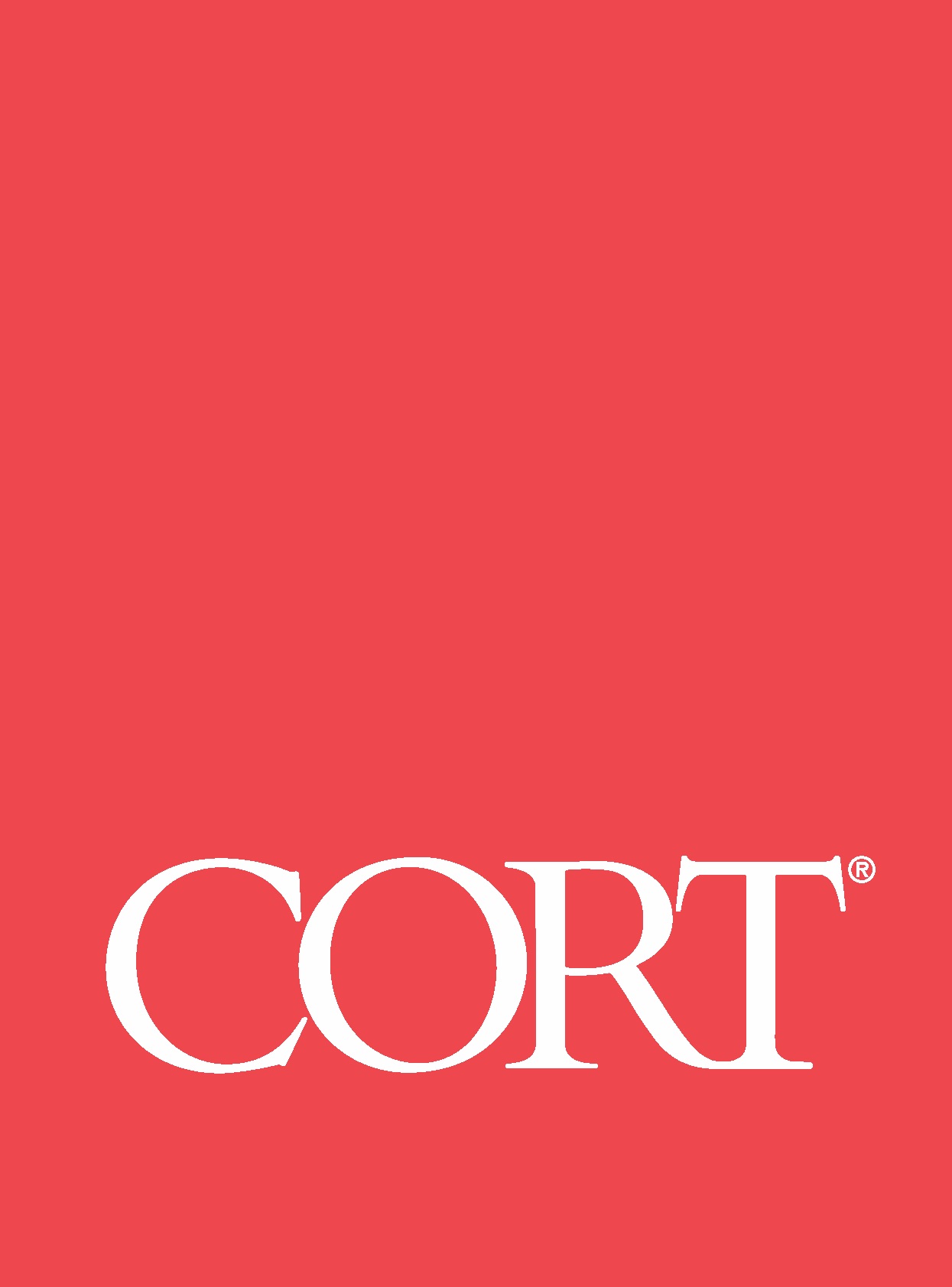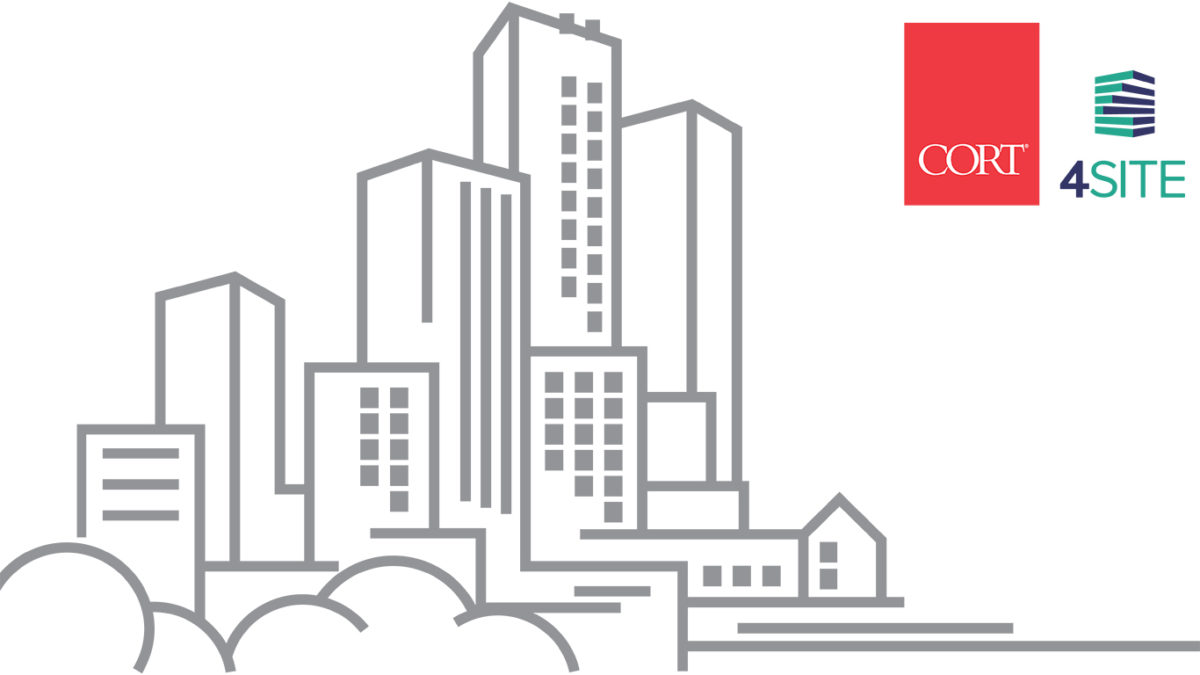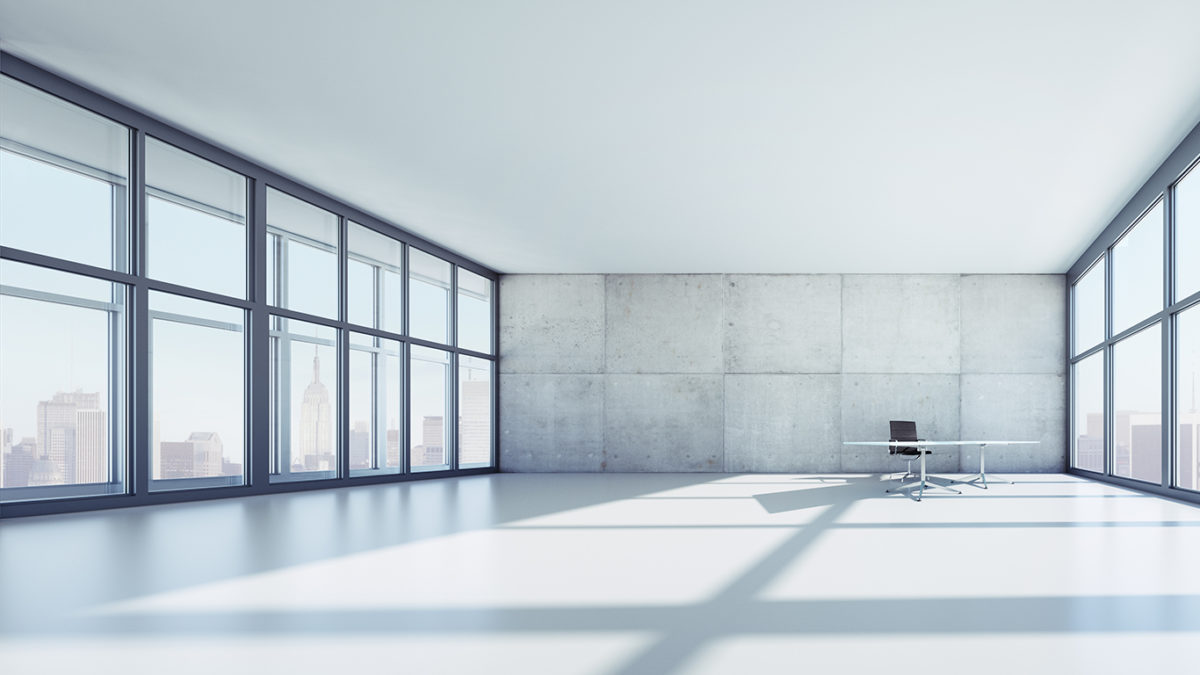The break room, once a cold, sterile, strictly utilitarian space, has evolved to become an essential part of the modern workplace. But how did this transformation happen? How has a simple room for coffee breaks evolved into a hub of employee interaction, productivity, and company culture?
Employee break rooms have long been used as a spot to provide workers with practical essentials. Today, they are more than just a place for a quick cup of coffee. They have become a hub where employees can escape from their workstations, casually chat with each other, and engage in impromptu collaboration sessions. This evolution holds the power to boost productivity, bolster morale, and drive company culture.
Employees who take breaks, even quick, five-minute “microbreaks,” typically experience increased energy and greater productivity. Providing the workforce with spaces conducive to disconnecting — even briefly — can also help reduce and prevent burnout, a major concern among employees at all levels worldwide.
This article will delve into the history of the break room and its role in the modern workplace. It will explore why break rooms were created, how they have evolved, and how they will continue to evolve in the future.
Why Were Break Rooms Created?
The concept of a “coffee break” first emerged in the early 1900s alongside the shift towards an eight-hour workday. As skyscrapers, large commercial properties, and open-plan offices evolved during the early- to mid-20th century, plans for a dedicated staff kitchen began emerging. These early break rooms were sparse and basic, typically equipped with a coffee machine, table, and chairs.
However, the need for a break room goes far beyond just providing employees with an area to grab coffee and eat lunch. According to a 2017 survey by Tork, taking a lunch break allows 94% of workers to feel happier, and 39% of workers who do so report a healthier work-life balance. More than nine out of 10 workers and leaders agreed that taking breaks supports improved mental focus.
How Have Break Rooms Evolved?
Break rooms may have started as basic spaces, but they have evolved over the past few decades as employers started recognizing the benefits of employees taking breaks.
It wasn’t until the 1990s that companies began adopting designs intended to support relaxation and meet employee needs. However, the break room remained more practical than fun. Neutral tones, vending machines, microwaves, and uncomfortable seating were the norm.
The tech boom of the 2000s brought a major shift. Tech companies started focusing on their employees’ well-being, transforming the break room into a previously unexplored resource. Color psychology, comfortable seating, and healthy snacks became standard, and providing gyms, reading rooms, and recreational touches like pool tables gained traction.
Fast forward to the 2010s, companies in Silicon Valley became notorious for having extravagant break areas complete with nap rooms, video games, and amenities to entice employees to play. Modern break room design now focuses on creating functional spaces that encourage face-to-face interaction with coworkers and leadership. These areas are calming, comfortable, and well-suited for everything from small meetings to breakout brainstorming sessions.
How Will Break Rooms Continue to Evolve in the Future?
Just as the future of work continues to evolve to best meet the changing needs of the workforce, so does the break room. With the acceleration of remote work and the widespread adoption of hybrid work schedules, organizations are increasingly tasked with providing spaces where in-office and remote workers can socialize, gather, and collaborate. Additionally, as employers struggle to retain and attract talent, incorporating wellness and well-being within the workplace is becoming a priority, with break rooms and office design taking center stage.
In the ever-evolving office, the break room will become the beating heart of the organization, with a comfort-minded design intended to provide a residential feeling that welcomes inhabitants and encourages employees to stay a while. It will feature thoughtful design elements tailored to the unique needs of its workforce, with spaces for eating, creating, and truly taking a break from the workday.
Expect to see increasing amenities, including healthy snacks and employee experiences. These areas will be inherently flexible for various uses and may begin incorporating more greenery, technology, and upscale beverage offerings that rival employees’ favorite local coffee shops.
How Can CORT Permanently Flexible® Solutions Help Employers Adapt to the Changing Needs of Break Rooms?
Just as the future of work continues to evolve to meet the changing needs of the workforce, so does the break room. With the rise of remote work and hybrid work schedules, organizations are increasingly tasked with providing spaces where in-office and remote workers can socialize, gather, and collaborate.
Expect to see increasing amenities, including healthy snacks and employee experiences. These areas will be inherently flexible for various uses and may begin incorporating more greenery, technology, and upscale beverage offerings that rival employees’ favorite local coffee shops.
CORT Permanently Flexible™ Solutions empower organizations with the flexibility they need to create adaptive workspaces that evolve with the workplace’s evolving role. Whether you want to change the break room’s layout entirely or add new furniture to expand its usability, CORT Office Furniture Rental makes it easy to pivot and change in response to employees’ changing needs.
Adapting to the Changing Needs of Break Rooms with CORT Permanently Flexible® Solutions
From the mid-20th century until now, the office break room has undergone a dramatic transformation. What began as a simple, practical space for workers to take a quick coffee break has evolved into an effective tool employers can use to promote employee engagement, foster well-being, and bolster the company culture.
As we move forward, the break room is expected to continue evolving parallel to the needs of the workforce. CORT Furniture Rental remains ready and able to help employers create a space that adapts to these changing needs while promoting a healthy and productive work environment.
CORT Permanently Flexible Solutions – enabled by CORT Furniture-as-a-Service™ (FaaS) – provides organizations with the flexibility they need to create adaptive workspaces that evolve with the changing role of the workplace. Whether you want to change the break room’s layout entirely or add new furniture to expand its usability, CORT Office Furniture Rental makes it easy to pivot and change in response to employees’ changing needs.
Leveraging the power of FaaS allows employers to adapt their break room furniture to create ideal spaces based on their goals. Add greenery, create lounge areas with soft seating, utilize bar areas with high-top tables and stools, and place round tables in game areas — FaaS makes it easy to do it all. This way, employers can better provide a dynamic space that allows for recharging, rejuvenation, and conversation.
Learn more about CORT Permanently Flexible Solutions and the services we offer to support the changing workplace today, tomorrow, and into the future.





